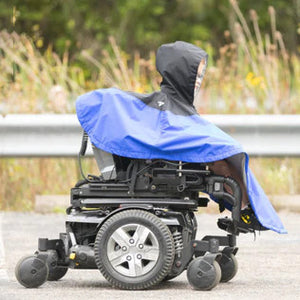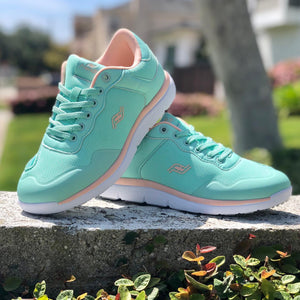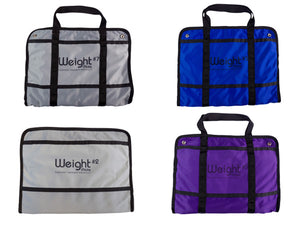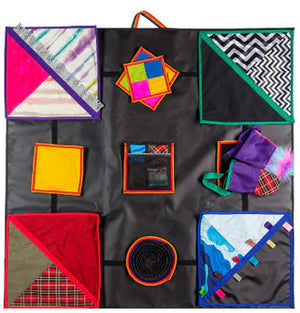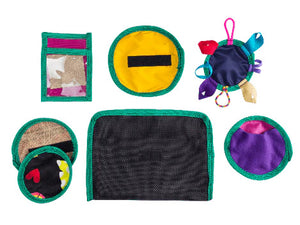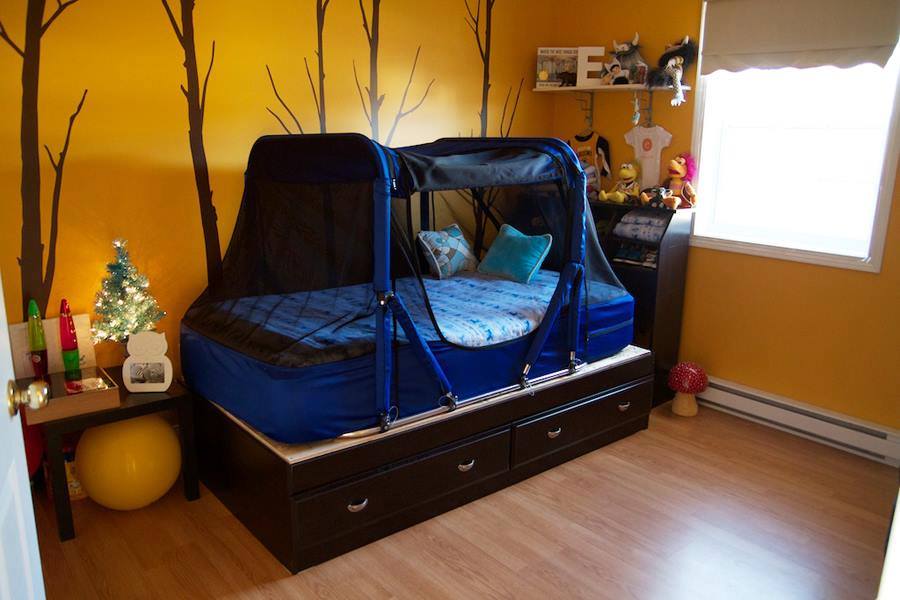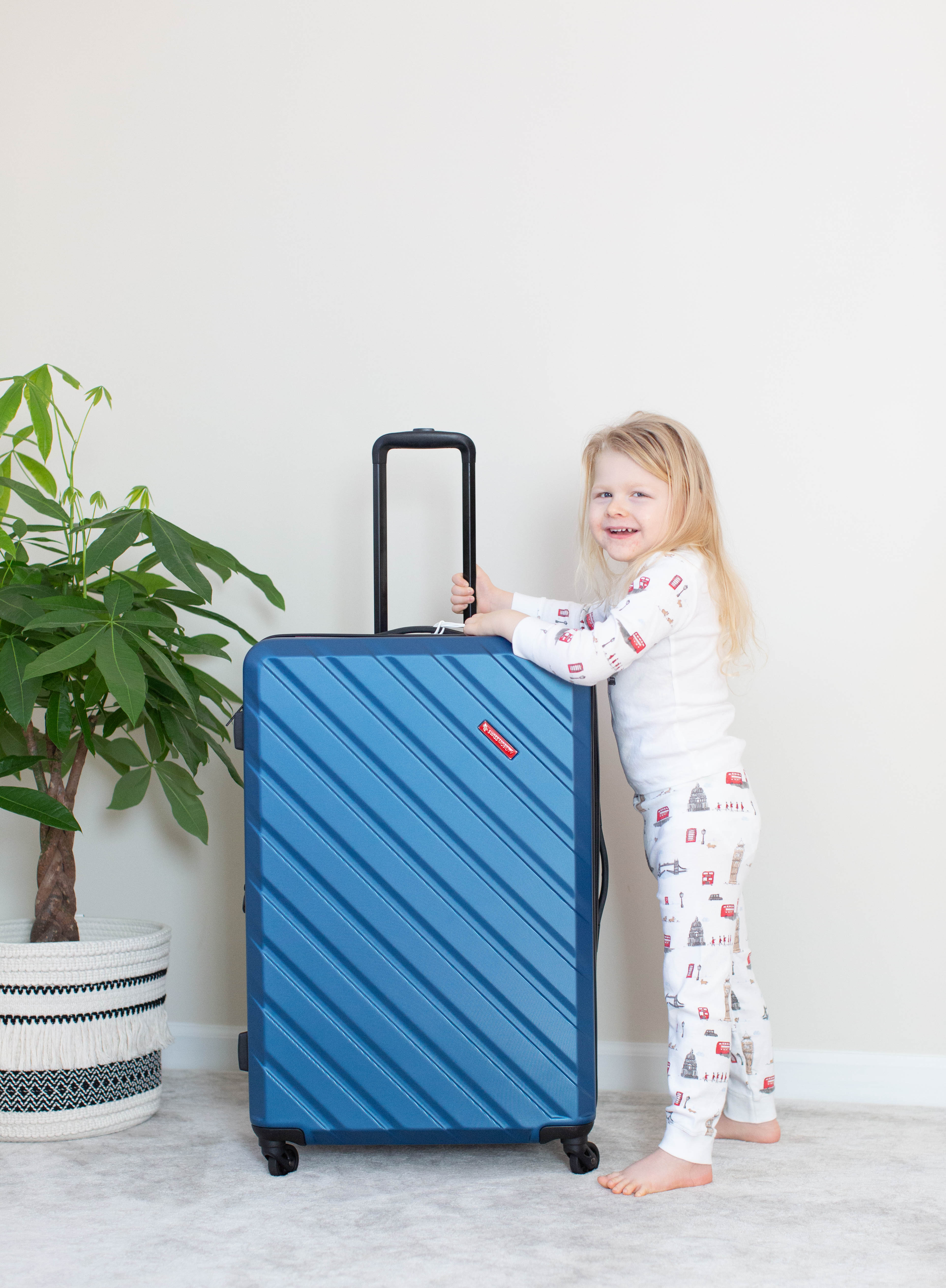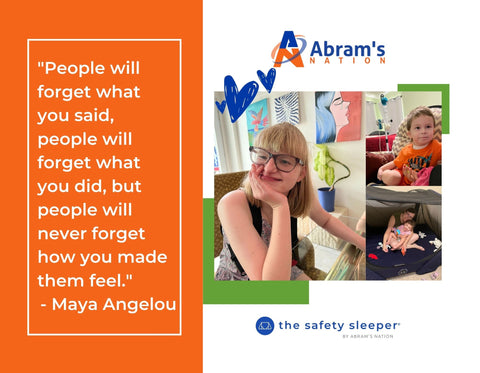Safety Bed for Autism: The Safety Sleeper®
For children with autism, sleep isn't always peaceful; it takes a while for them to fall asleep, and once they do, they may wake up several times during the night. As a result, their loved ones spend many sleepless nights worrying. We know our founder, Abram's mother Rose, experienced this along with countless families in our community. In addition, some children with autism may not fully comprehend household dangers, so they'll have a tendency to wander or even leave the house.
The Safety Sleeper® aims to combat the dangers of night wandering, giving you and your loved ones a worry-free night’s rest.
Why The Safety Sleeper®
Night-Wandering
Creating a safe sleeping environment is crucial for your child, and that's precisely what The Safety Sleeper® is designed for! Ensuring their bed provides a sense of calm and security, it discourages night-wandering, meaning they won't be tempted to wander at night.
Safety
Unlike other safety beds on the market, The Safety Sleeper® uses medical grade fabric and padding to reduce physical harm to your loved one. If your loved one begins exhibiting rambunctious behaviors, like punching or kicking, the enclosed padding will protect them from self-harm. Our safety beds for autism put your fears to rest.
Promote Sleep
Our medical enclosed bed is specifically designed to prevent users from standing up or jumping around while sleeping, as it is solely intended for sleeping and not playing. With The Safety Sleeper®, your child has a better quality of sleep and improved functioning during the day.
Parent-Approved
The Safety Sleeper® not only gives you peace of mind that your loved one is safe but is also portable, allowing you to live your life. As a parent or guardian, it offers a sense of freedom and comfort that you won't find with other beds. With our safety bed, you can relax and feel at ease, knowing that your loved one is protected.
What are the Dangers Associated with Elopement?
According to a 2012 study in Pediatrics, almost 50% of children with Autism Spectrum Disorder (ASD) have a tendency to wander or bolt from safe settings. Elopement behavior in children with ASD increases the risk of injury or death and burdens families.
More than half of families report they have never received advice or guidance about elopement from a professional. If that includes you, reach out to our dedicated team of production and Customer Care specialists. They will help with understanding how a fully enclosed bed system like The Safety Sleeper® can eliminate the dangers associated with wandering, and answer all of your questions, offer words of encouragement, and provide guidance as you navigate how to best protect your child.
You may feel overwhelmed at contacting your insurance about your Safety Sleeper®, but we’re here for you every step of the way.
Contact UsWhat can you do to protect your child?
- Bring your child to your local police station, where you’ll have the chance to fill out a packet and have their photo taken; this helps with awareness in case of elopement.
- Introduce your child to your neighbors and include them in activities both around your community and at school. Having them get to know people in the neighborhood will be helpful in case of elopement.
- Begin by exploring safety bed options for your child. Our blog, How to Choose Among Safety Bed Options, will help you gain a better understanding of your family's exact needs.
- Download The National Autism Association’s Big Red Safety Box® - a free-of-charge safety toolkit for autism families in need of wandering-prevention tools.
- Download and begin using your free Be REDy Booklet by the National Autism Association. This free, downloadable toolkit contains extensive resources to help caregivers prevent and respond to wandering incidents. Also available in Spanish.
- Download the Caregiver Checklist to help implement wandering prevention strategies in your home.
Fully Enclosed Beds

200 Model
The Safety Sleeper®
Special Needs Bed
The Safety Sleeper® 200 Model is a special needs safety bed that includes one-sided entry and standard safety features.
Learn More
300 Model
The Safety Sleeper®
Canopy Bed
The 300 Model is a safety bed that includes left side entry, end of bed entry, access points for medical tubing, and all standard safety features.
Learn More
400 Model
The Safety Sleeper®
Lift-Compatible Medical Bed
Our 400 Model medical enclosed bed can be opened from either side or zipped all the way around to allow for a fully open center. This provides maximum access to caretakers and allows for medical hoists and lifts.
Learn MoreResources
FULLY ENCLOSED BED TESTIMONIALS
Get help from an expert
We are here to help you choose the best bed for your loved one.










